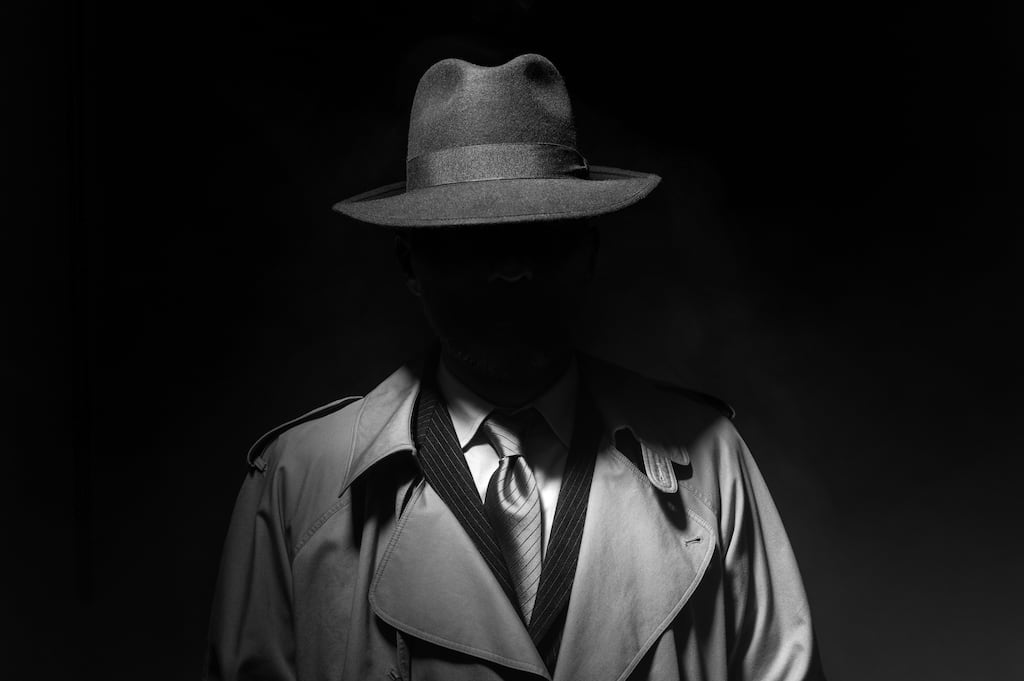Many details of his life remain matters of conjecture a century on, not least his real name. But it is generally accepted that the Russian-born British intelligence agent who called himself Sidney Reilly met his end 100 years ago this week, in a forest outside Moscow.
“Reilly, Ace of Spies”, as he was soon known in the popular press, had returned to Russia to join anti-communist forces in plotting another uprising against the Bolsheviks, his earlier plot to assassinate Lenin and spark a coup having failed.
Unfortunately for him, some of the “White Russian” allies who helped smuggle him back in were agents of the Soviet secret police.
Soon after crossing the border from Finland, Reilly was arrested. He spent his last days under questioning in Moscow’s Lubyanka prison, where in keeping with a long-established Irish cover story, he claimed to have been born in Clonmel, Co Tipperary.
READ MORE
He also kept secret notes of the interrogation techniques, found later in his cell, which might have been valuable information were he ever to get out of Russia again.
But there was no escape this time. According to Andrew Cook’s 2004 book, Ace of Spies – The True Story of Sidney Reilly, the prisoner was executed, under orders from Stalin, on the evening of November 5th, 1925.
One of the guards later recalled that they first drove the prisoner to a place called Bogorodsk where, pretending there was something wrong with the car, they all got out to “stretch our legs” while the driver fixed it.
During a short walk, another guard dropped behind and shot Reilly in the back. He “let out a deep breath and fell to the ground without uttering a cry”, and was then finished off with a second shot, to the chest.
The various Irish subplots of Reilly’s life also included an affair
In a memoir published six years later, Reilly gave an account his earlier adventures in Bolshevik Russia, which helped form the legend that would thrill a generation of British schoolboys and eventually made him a model for James Bond.
The book was co-written by his third wife, Ecuadorean-born actress Pepita Bobadilla, whom he had married (bigamously, unknown to her) in 1923.
She remained sceptical then that the Russians had shot him, claiming to have evidence to the contrary: “For my part, I sincerely believe that he is still alive.” As for his origins, she wrote with confidence: “Sidney George Reilly was born in 1874. His father was an Irish sea captain and his mother a Russian.”
The date was probably right, or near enough. But the consensus today is that his original surname was Rosenblum or Rozenblum and that he probably grew up in Odessa, before travelling to France and England in the early 1890s.
The birth of the character Sidney Reilly came later, and the midwife may have been a Kerryman, Wiliam Melville (1850-1890). Born in Sneem, Melville was a policeman in London and a founding member of the Special Irish Branch, set up to combat the Fenians.
By the 1890s, he was leading Scotland Yard’s investigations into anarchist terrorism and recruited a Russian émigré, then named Rosenblum, as one of his agents. The reinvention of the latter seems to have coincided with his first marriage in 1898, an event that was shadowy even by Rosenblum/Reilly’s standards.
His future wife, the Wexford-born Margaret Thomas (née Callaghan) was already married, to an English clergyman much older than she. Rosenblum engineered an introduction by pretending to have a cure for the husband’s kidney ailment. An affair ensued.
Then the clergyman rewrote his will, leaving £800,000 to his wife, and died a week later. The death was certified natural by one Dr T W Andrew. Police did not investigate. But according to Cook, there was no Dr T W Andrew registered in Britain at that time, and the mysterious doctor’s description matches that of Rosenblum.
Now married into money, the budding spy seems also to have acquired his new identity around this time, and the Kerry policeman is strongly implicated. Melville’s first wife was a Reilly, whose father was from Belmullet, Co Mayo, says Cook. Equally of note is that in a trawl of Irish birth records, there has only ever been one Sidney Reilly, also from Belmullet, who died in infancy in 1878.
The marriage was not a happy one, unsurprisingly, given Reilly’s constant travels and ever-more precarious adventures, which included undercover work in the Russo-Japanese War of 1904-5.
But it and a later marriage were still officially extant 25 years later when he wed for the last time. In between, Margaret Callaghan’s gifts to him may have included another part of his back story. Her father was a humble fisherman from Courtown. As a social climber in London, however, she promoted him to be a “naval captain”.
The various Irish subplots of Reilly’s life also included an affair, during his early London days, with Ethel Voynich. Cork-born daughter of the mathematician George Boole, Voynich is famous especially in Russia as author of The Gadfly (1897), a novel about a young revolutionary, Arthur Burton, working undercover in mid-19th century Italy.
She may have based Burton partly on Rosenblum. Then again, Rosenblum may have based Reilly partly on Burton.















